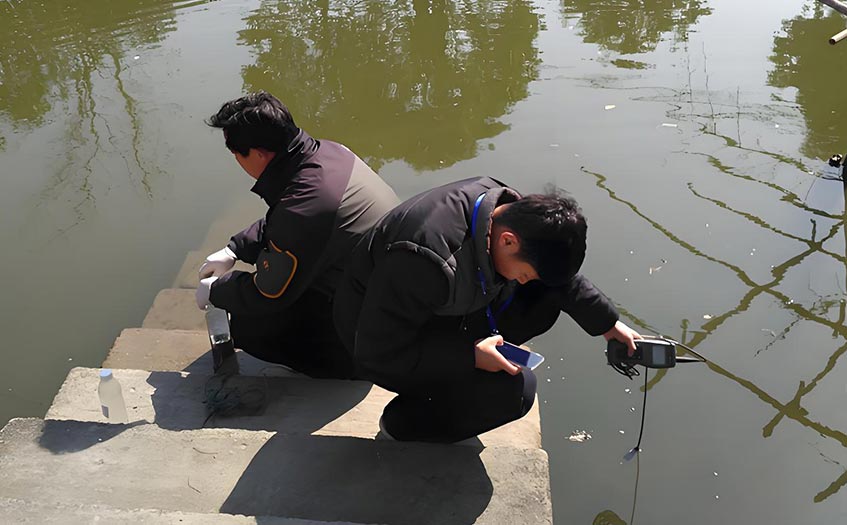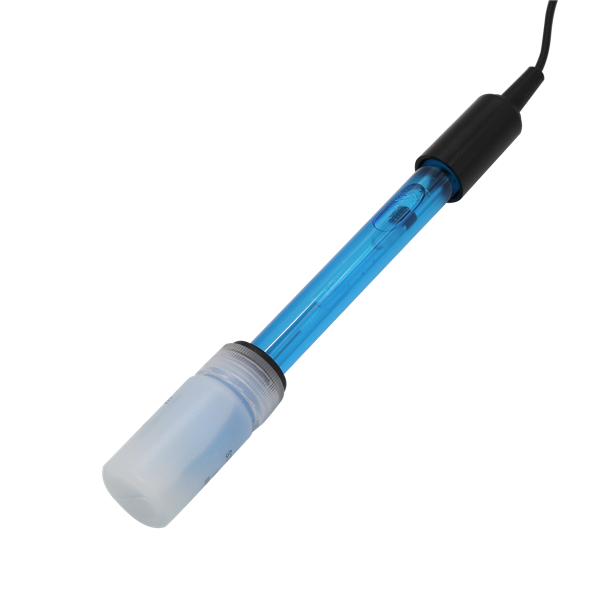If you work with water quality management, environmental science, or industrial processes, you’ve likely heard of dissolved oxygen (DO) sensors. But what exactly do these devices do, and why are they indispensable across so many fields? In this guide, we’ll break down the purpose of dissolved oxygen sensors, their real-world applications, and how choosing the right sensor can save time, money, and even ecosystems.

A dissolved oxygen sensor measures the amount of oxygen gas (O₂) dissolved in water. Unlike atmospheric oxygen, dissolved oxygen is critical for aquatic life, chemical processes, and industrial efficiency. Too little oxygen can suffocate fish, disrupt wastewater treatment, or corrode pipelines. Too much can indicate harmful algal blooms.
Key Takeaway: DO sensors act as a “vital sign monitor” for water systems, ensuring balance for safety and productivity.
Most modern DO sensors use one of two technologies:
1.Optical Sensors
A fluorescent dye reacts with oxygen, emitting light. The sensor measures light intensity changes to calculate DO levels.
Best for: Long-term monitoring, low maintenance.
2.Electrochemical Sensors (Polarographic/Galvanic)
Oxygen diffuses through a membrane, triggering an electrical current proportional to DO concentration.
Best for: High-precision lab or field use.
Pro Tip: Optical sensors excel in harsh environments (e.g., wastewater), while electrochemical suits portable testing.

Why invest in a DO sensor? Here’s where they make a tangible impact:
Aquaculture & Fish Farming
Fish require 5–6 mg/L of DO to survive. Sensors prevent hypoxia, reducing mass die-offs.
Example: Salmon farms use real-time DO data to adjust aeration systems.
Wastewater Treatment Plants
Bacteria in treatment tanks need oxygen to break down organic waste. Low DO = inefficient treatment.
Fact: DO optimization cuts energy costs by 25% in aeration systems.
Environmental Conservation
Detect pollution in rivers/lakes. Sudden DO drops often signal contamination (e.g., fertilizer runoff).
Case Study: The Chesapeake Bay Program uses DO maps to track ecosystem health.
Brewing & Beverage Production
Even trace oxygen can spoil beer or juice. DO sensors ensure airtight bottling processes.
Stat: Breweries using DO sensors report 30% fewer product recalls.
Medical & Pharmaceutical Labs
Cell cultures and bioreactors require precise DO control for drug development.
Not all sensors are equal. Prioritize these features:
Accuracy & Calibration
Look for ±0.1 mg/L accuracy for critical applications (e.g., labs).
Durability
Stainless steel or titanium housings withstand corrosive environments (e.g., seawater).
Output Options
Need real-time data? Pick sensors with 4-20 mA, MODBUS, or Bluetooth connectivity.
Avoid This Mistake: Using a lab-grade sensor in the field without proper protection—it will fail.
Final Thoughts
Dissolved oxygen sensors are more than just “water gadgets”—they’re guardians of environmental health, industrial efficiency, and product quality. Whether you’re managing a fish farm, treating wastewater, or brewing beer, precise DO data is non-negotiable.

Ready to Optimize Your Water Systems? [Explore our high-precision dissolved oxygen sensors here]